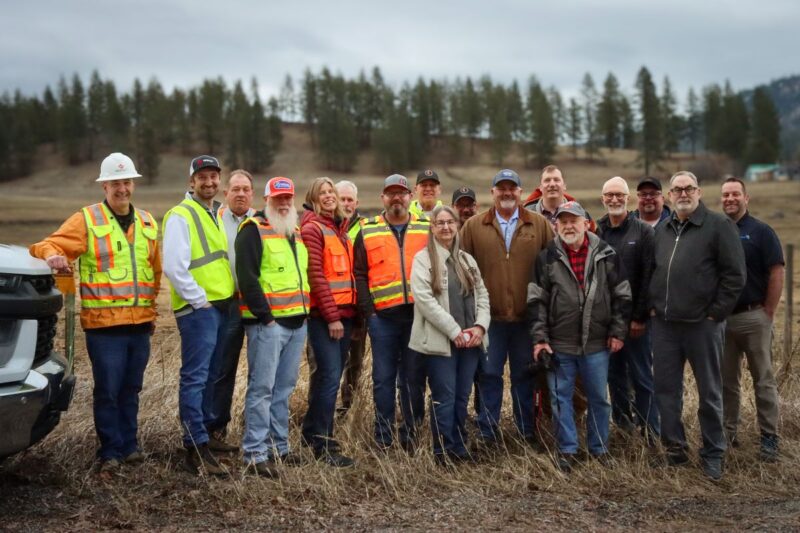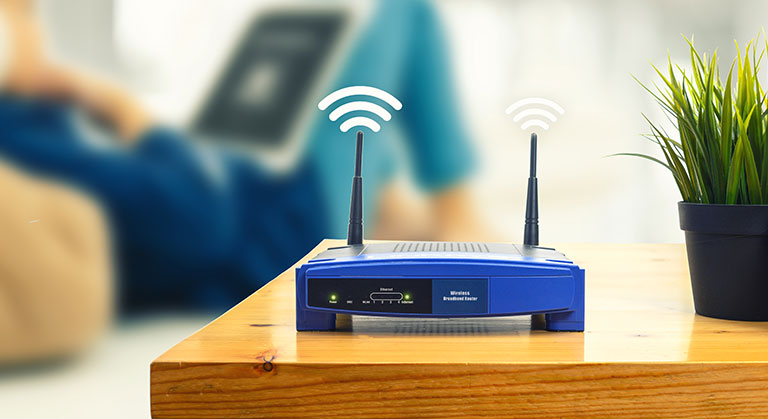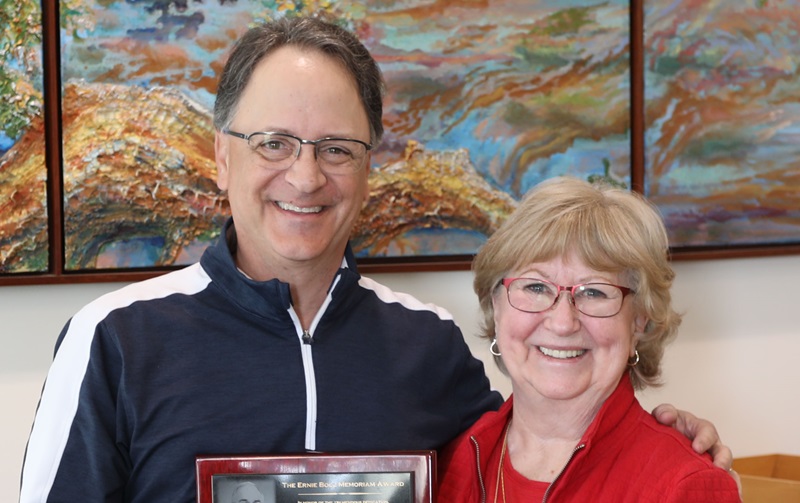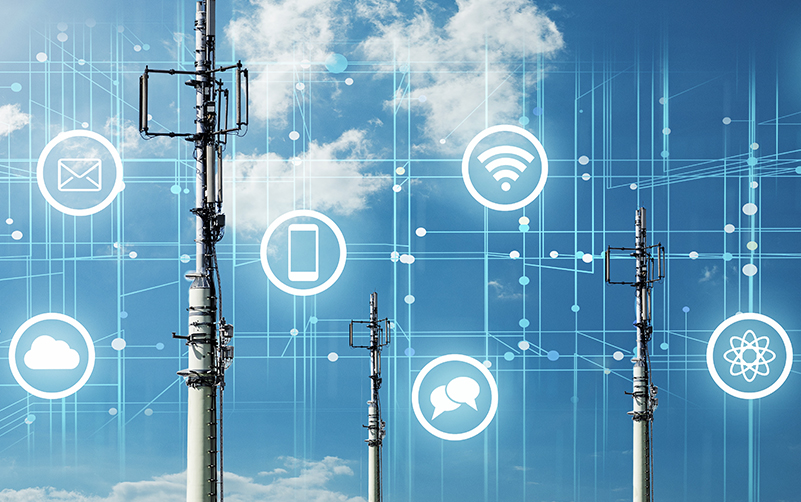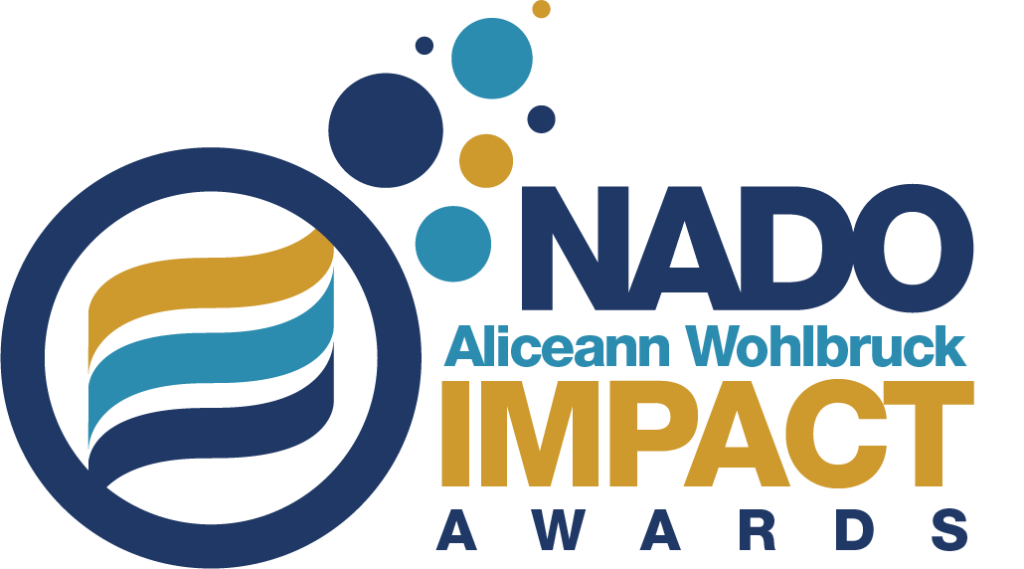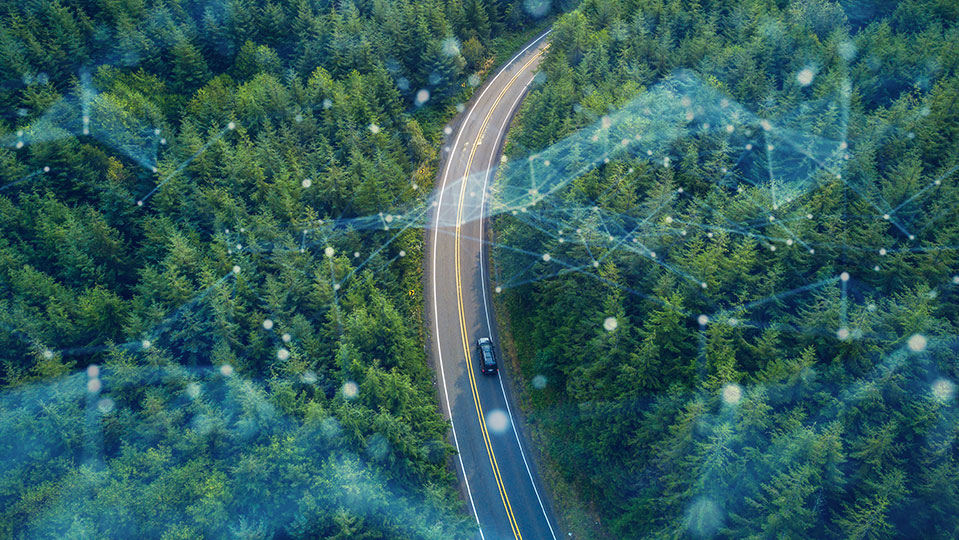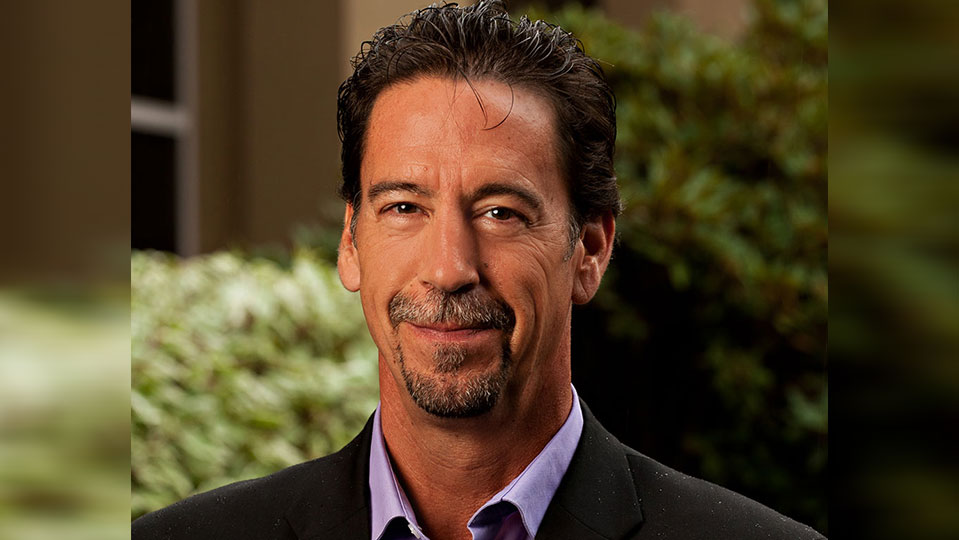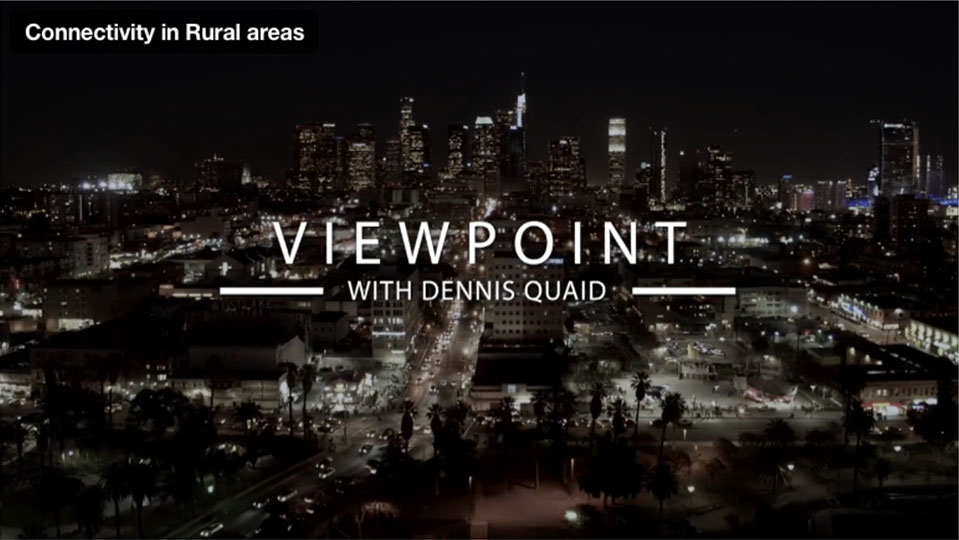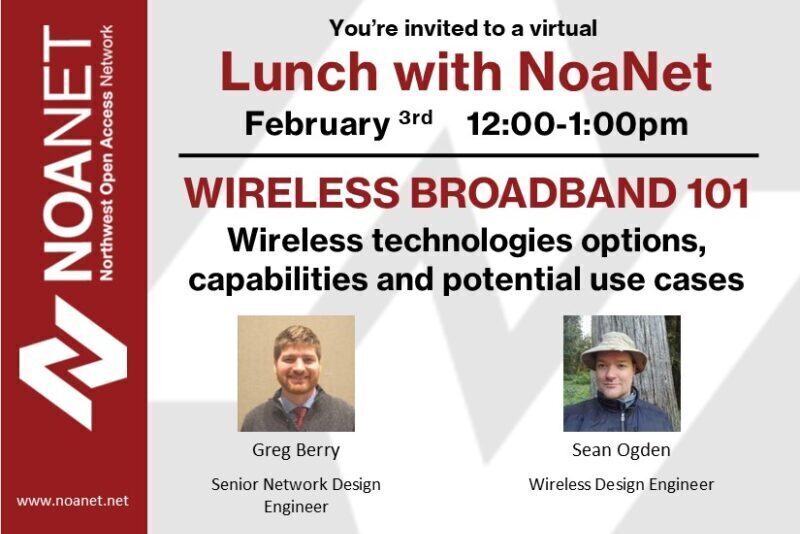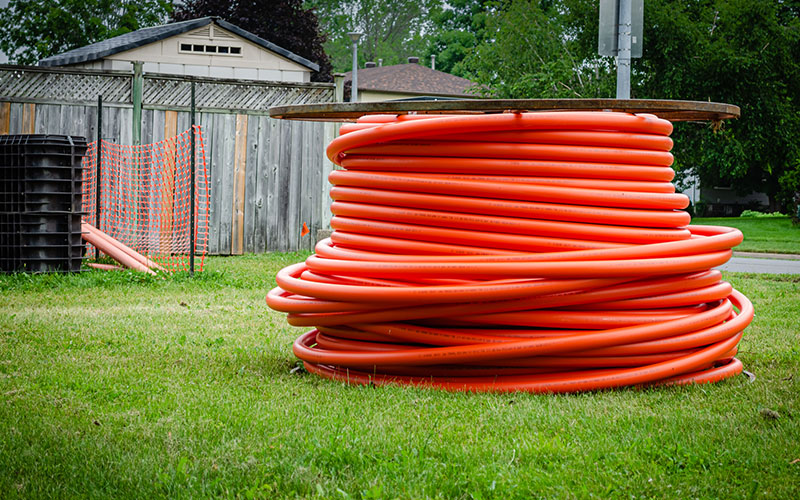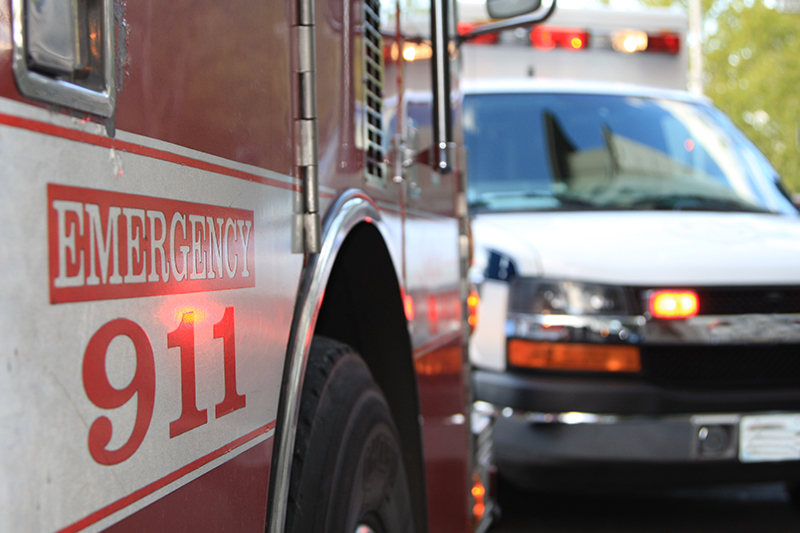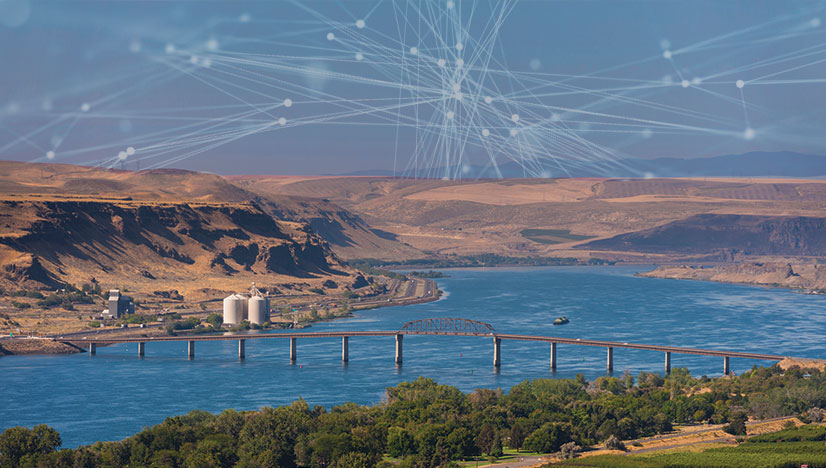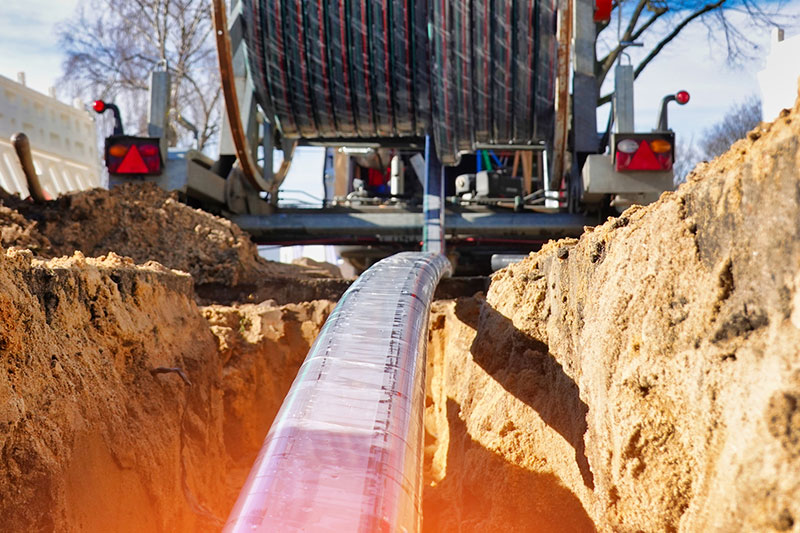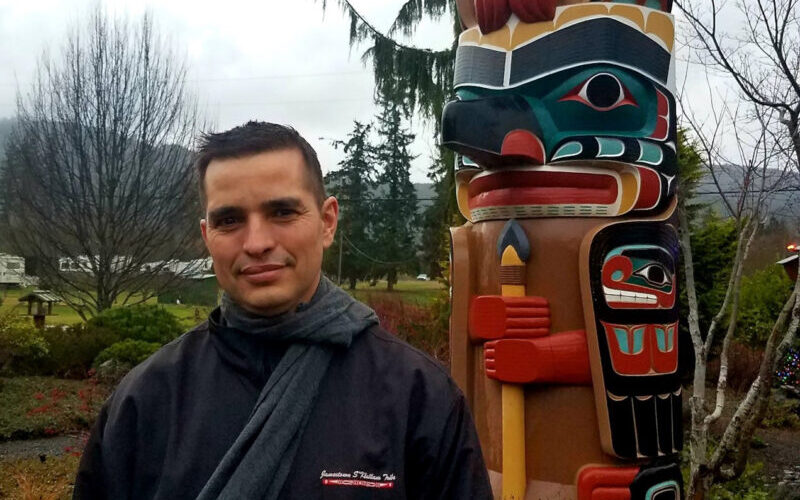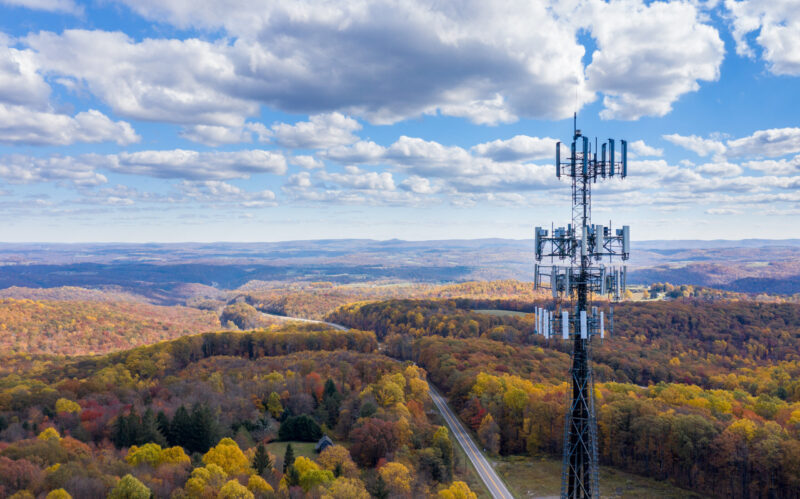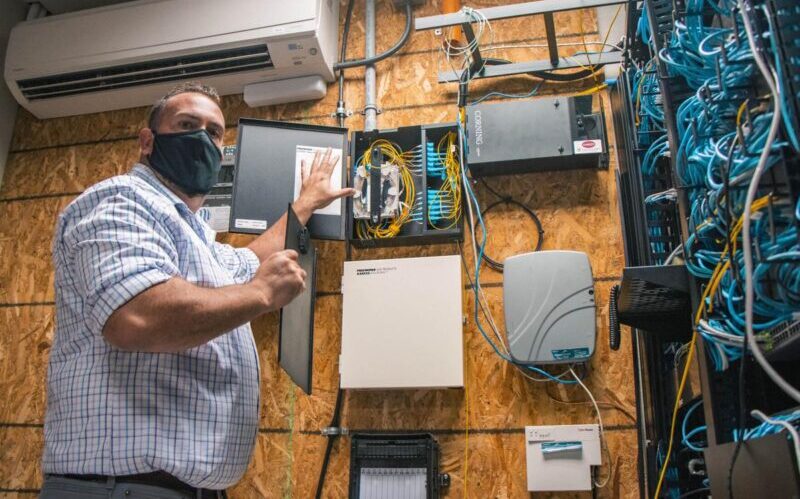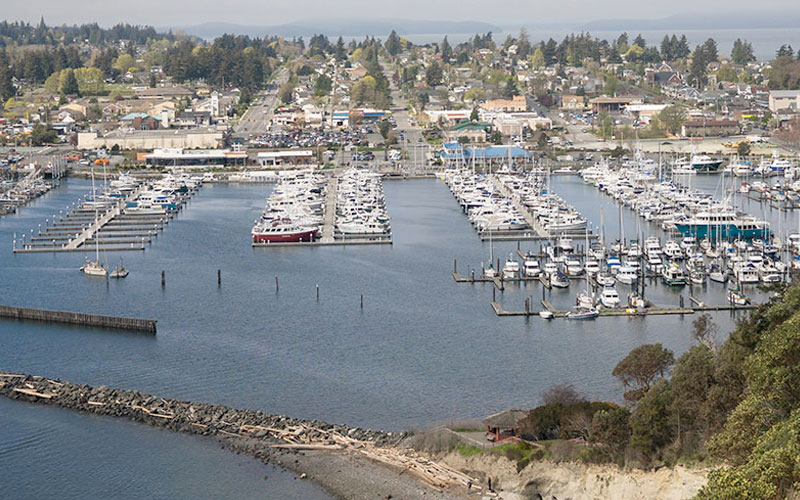How the
Northwest Connects
NoaNet FAQs
We understand that the topic of broadband development and the larger discussion of digital inclusion may be new to some, so please review our list of frequently asked questions. If you don’t see your topic list here, please feel free to reach out to us directly.
Who does NoaNet serve?
NoaNet continues its wholesale mission today by building broadband networks to connect as many anchor institutions and communities as possible with access to high-capacity broadband and next-generation telecommunications services in rural Washington State. We currently do not serve businesses or residential customers directly. With the middle mile coming into rural communities, ISPs can then build out the last mile and bring services to residents and businesses.
Can NoaNet help my community get broadband?
This is the number one question we answer from community members! NoaNet’s Community Broadband Solutions program has dedicated staff who will work alongside community leaders to review infrastructure needs and develop a plan to get broadband networks deployed to serve your community! Every project is unique and it takes time to develop a plan and figure out financial hurdles, but where there is a will, there is a way.
What is open access?
NoaNet’s infrastructure is open access, which means a single fiber route may be leased to many service providers who would like to use it to provide services on a non-discriminatory basis. After all, sharing is caring!
How is NoaNet funded?
NoaNet does not collect tax revenue. Our nonprofit operations are paid for with proceeds from the retail of wholesale telecommunications services on the competitive open market. To capitalize new network plant, we leverage fiscally-sound debt practices to ensure we can continue to expand broadband access into Washington’s rural communities.
Why fiber?
Optical fiber is a hair-thin strand of glass, specially designed to trap and transmit light pulses. Fiber broadband technology uses light instead of electricity to carry a signal. It can carry high bandwidth signals over long distances without signal degradation, and it can provide those signals simultaneously in both directions – upload and download. Fiber-optic broadband infrastructure can support virtually unlimited amounts of bandwidth use and has very little signal degradation over long distances. For example, copper wire loses about 94% of its bandwidth capacity over 100 meters, where the fiber-optic line only loses about 3% over the same distance. Broadband can also be delivered through non-fiber technologies such as copper wire or over wireless signals. Wireless can be a good solution when wireline infrastructure is cost-prohibitive due to difficult geography or low building density. However, wireless infrastructure can be impacted by weather, trees, and other environmental factors.
How do I get a quote?
Contact NoaNet’s sales team to get a quote. Click here to submit a quote request.
Who Owns NoaNet?
NoaNet is owned by nine public utility districts in Washington State:
Benton PUD #1
Okanogan PUD #1
Jefferson PUD #1
Kitsap PUD #1
Pacific PUD #2
Clallam PUD #1
Franklin PUD #1
Pend Oreille PUD #1
Mason PUD #3
Visit our Board and Members page to learn more about our leadership.
Where can I learn more about broadband?
We have a Video Resource Library that is a great place to start!
Have more questions?
Contact NoaNet and let’s start the conversation. Click here to get started.

